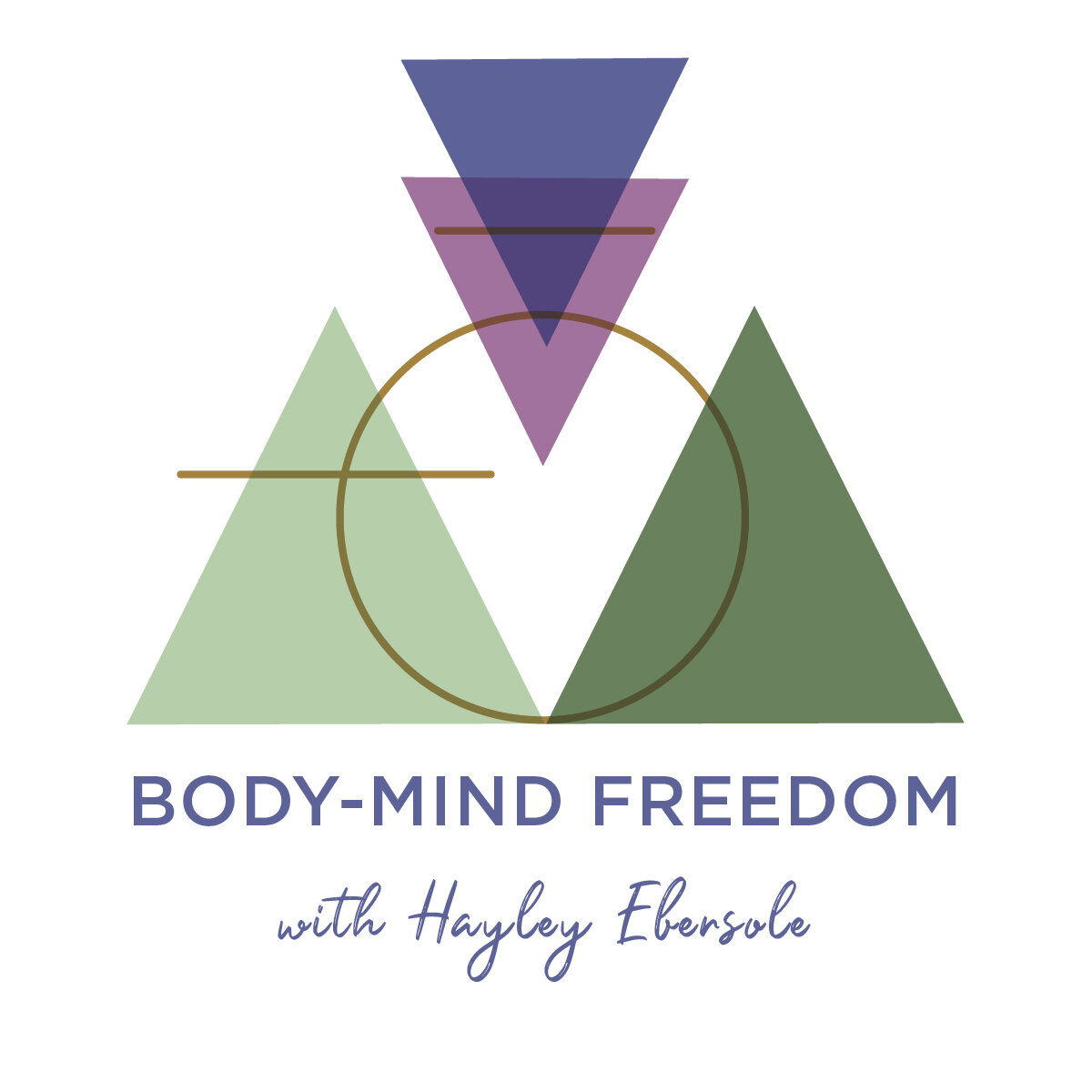How We Treat Nature is How We Treat Our Body
/The psychedelic forests of Costa Rica are an ever unfolding exotic flower in bloom. Upon returning to the concrete jungle, I’m awestruck by the pace of my daily urban life, the ubiquity of screens and the color gray.
Living close to nature sharpens my senses - blood red hibiscus lining the jungle path, the vibrant, glowing purple of thousands of acorn-sized crabs chasing waves sideways on the seashore during a kalidoscopic sunset, the blood curdling howl raised to the moon by 17 voices - reclaiming our animal selves before we dash full speed into the bathwater ocean at midnight- our own ritual baptism.
It’s no coincidence that Costa Rica is blooming while our urban US cities are wilting. They’ve opted to be the first plastic free nation and set the global record as first country to run completely off renewal energy. They’ve eradicated their military, investing that money in education. These choices have tangible effects.
However, Costa Rica is not immune to the climate threat. Scientists estimate that 150-200 species of plant, insect, bird and mammal become extinct every 24 hours on Planet Earth.
An essential tool of the conscious lifestyle is the practice of seeing what’s ‘out there’ as also ‘in here.’ The quality of our own inner state shapes our perceptions and therefore, reality as we know it. Ancient ways of knowing remind us that “as above so below”- the microcosm of our own inner world has deep effects on the macrocosm- the global landscape, and vice versa. While we are certainly a product of our culture, we are also co-creators of culture. This view puts the power back into our hands.
As I lean over to pick up a stray cigarette butt and McDonald’s wrapper in front of the yoga studio I teach at, it’s clear that how we treat our bodies as a culture is how we treat nature & how we treat nature is how we treat our bodies.
The more we walk down concrete streets gazing at a screen, the smaller and smaller our world becomes as the culturally conditioned voices in our head become bigger and bigger. The less time we spend in our animal body, more time we spend in our mind, the more nature becomes something ‘out there’ when in fact, our bodies themselves, are nature.
The health of our soil is the health of our gut, the purity of our air is the clarity of our own mind. Driving the trash lined Oakland freeway without a tree in sight, I ask myself, “how might I be suppressing and oppressing my own animal body with the pale grey of a mind driving on autopilot?”
Many of us feel disempowered by the violating choices our government makes in the face of the impending extinction while failing to put together the puzzle pieces regarding our own contribution through bodymind politics.
As species go extinct so do certain states of consciousness. The experience of embodiment is one of those states.
Living from the chin up, like James Joyce’s Mr. Duffy who ‘lived a short distance from his body’ breeds a never ending plastic ocean of ego-based thought. On the other hand is the experience of embodiment- being present to the immediate freshness, vibrancy, potency and fullness of taste, touch, smell, sound and sight.
Union with the present is the primary path & final aim of most systems of mindfulness and spiritual wellbeing. While it’s easy to complicate our lives with endless searching, the jewel at the heart of the lotus has always been right here- in paying attention to our bodily sensations.
A mysterious side effect of embodiment is a greater sense of clarity, guidance and commitment around daily ethical choices like how we vote for the world we want to live in by where we spend our money.
Of course, opting for organic, local food & bringing your own reusable bag to buy from small businesses versus receiving endless plastic from Amazon are obvious paths to reducing the grotesquely expanding extinction rate. But, more subtle though equally profound, how we talk to ourselves and our willingness to return to the direct experience of the present moment in our body versus the endless web of mind clutter is our chance to take a stand.
We’ve all experienced that the suffering caused by our mind's stories, like the half life of plastic, can be never-ending. Even the plastic continent now growing in the ocean sometimes can’t compare to the suffering of our own negative mind state.
How we relate to our own bodies is intimately related to the type of world we are creating. How we relate to our bodies is incredibly political. To reclaim & reinhabit our bodies is to say ‘yes’ to our own humanness.
Over time, as we practice this expanded state of consciousness, the limits of our capacity for empathy expand, we begin to see ourselves as the soil, the oceans, the animals dying off each day.
Though it can sometimes feel like a scary, unknown place, home of the collective scars of historical and personal trauma, our inner landscape is as varied as the deepest junglescape or ocean floor. The cave we fear to enter holds the treasure we seek (J. Campbell). While this path requires courage- the path of mindfulness has never been for the faint of heart- the reward of personal and collective healing and reconnection are immense and the future of the human race depends on it.
Saying ‘Yes’ to honoring our animal bodies and ‘no’ to the eradication of animal species, we continue to break down the imaginary borders of what’s ‘out there’ and what’s ‘in here,' recognizing our heart’s inherent capacity for connection with the living, breathing planet of which we’re part.
See you in class, in workshop, in session or on retreat as we keep doing the slow but sweet work of decolonizing our bodymind together.

